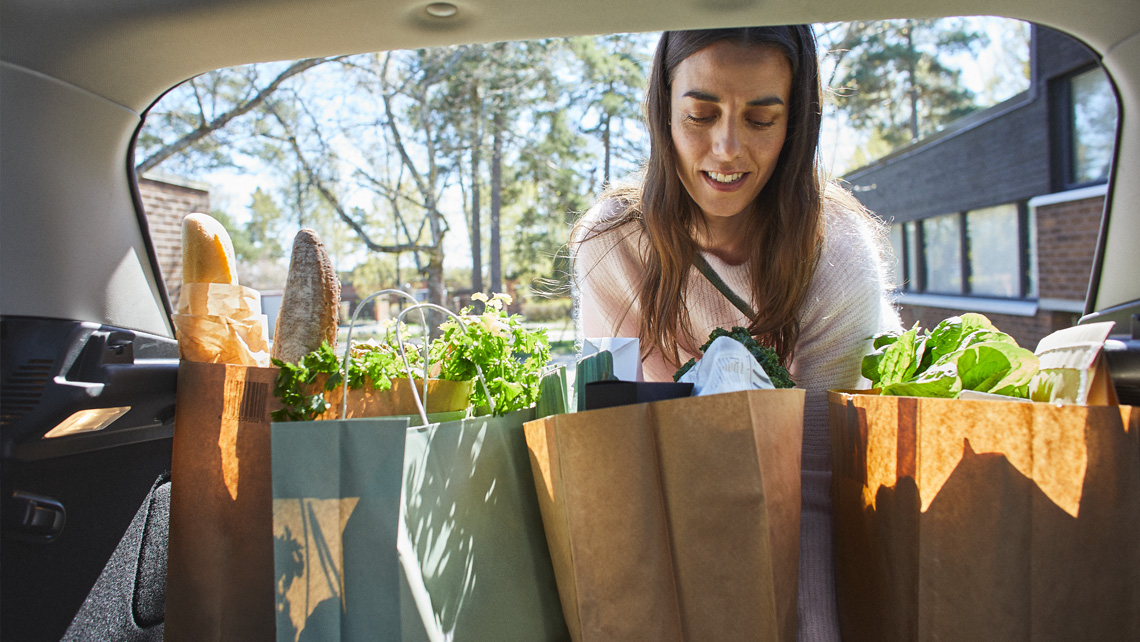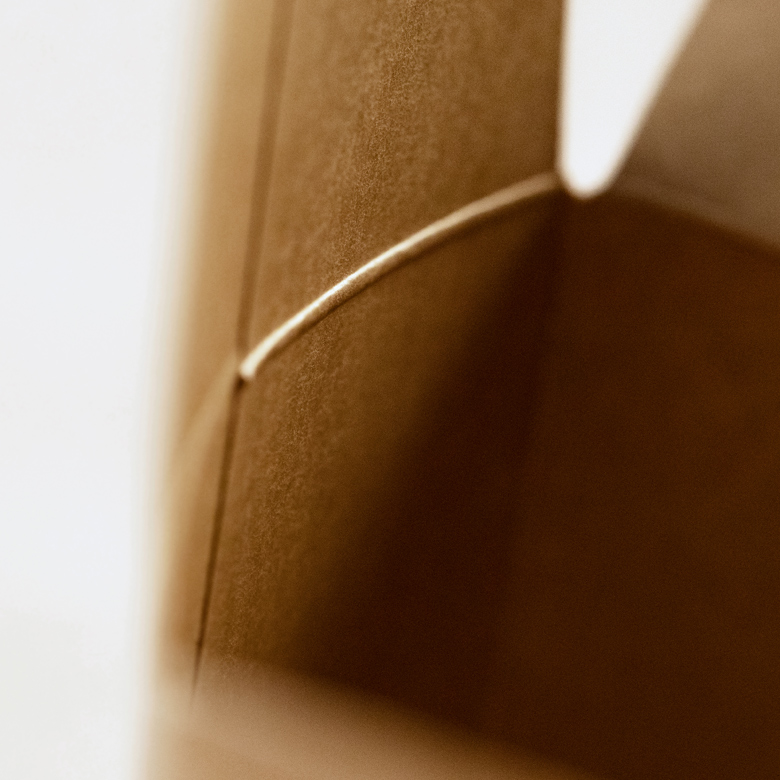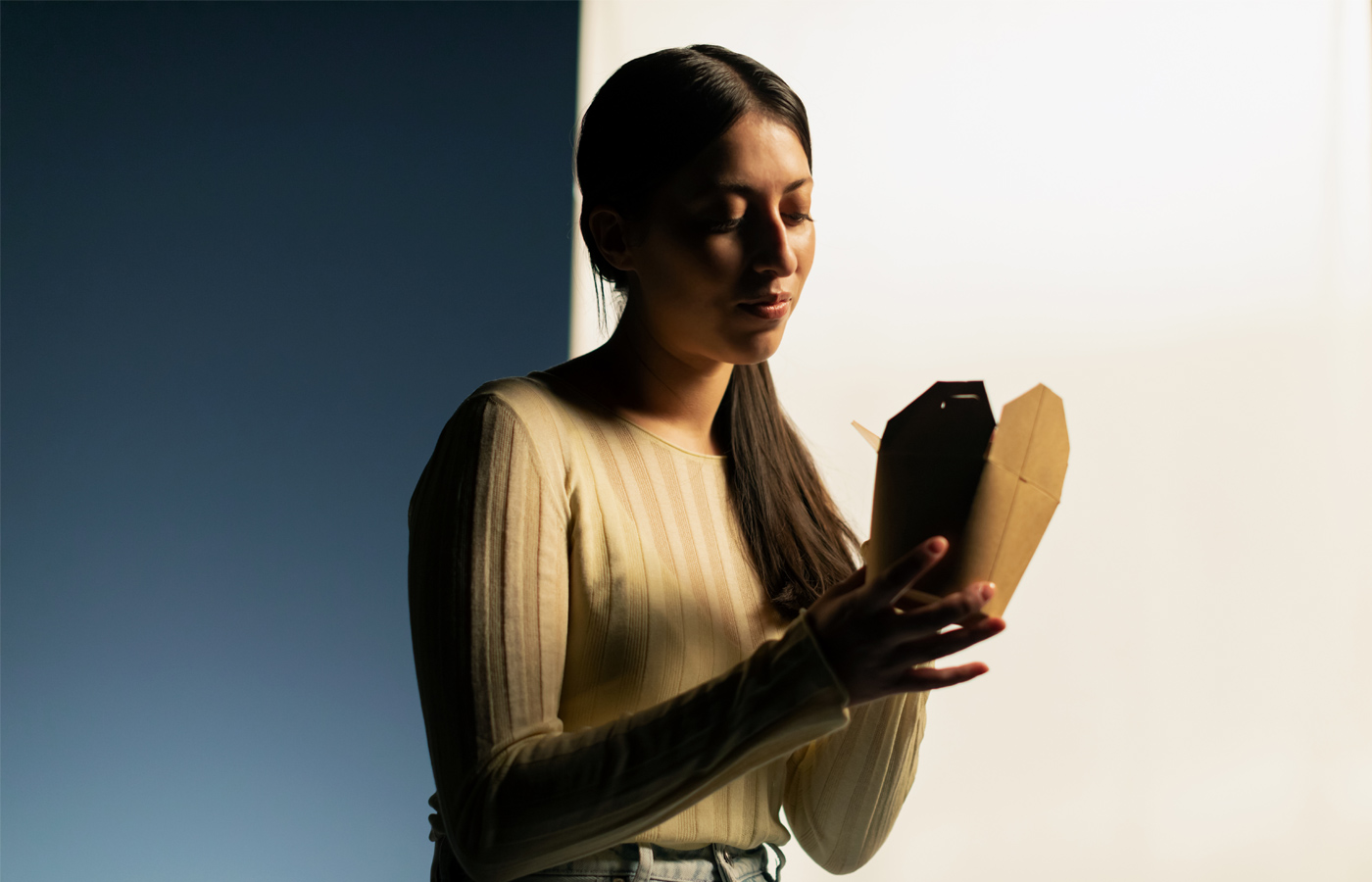77% of Finns think that food brands are most responsible for plastic in food packaging
“It is not a surprise that consumers hold food brands responsible for plastics in food packaging,” says Eero Heikkinen, Senior Art Designer at Grano, involved in packaging design.
According to him, sustainability has in recent years become a trend in packaging design that is impossible to ignore. “Consumers pay more and more attention to the amount and recyclability of the packaging materials, for example. The brands have surely felt the pressure for a while now.”
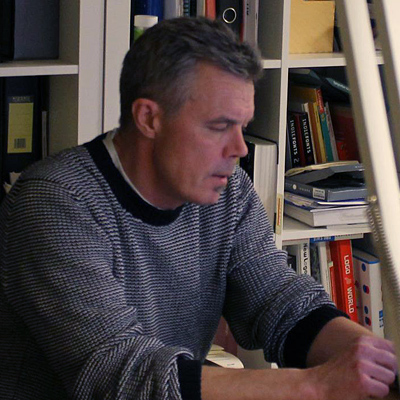
Eero Heikkinen, Senior Art Designer at Grano
According to Heikkinen, a good example of consumer influence is the increased variety in food packaging sizes. People want to be able to choose smaller packages to avoid food waste, for example.
He points out that despite the ongoing discussion on packaging materials and waste, the main purpose of packaging has and will remain the same: to protect the packaged product from the elements and to provide information about the product in the package.
“But when it comes to brand building in general – and retail in particular – you simply cannot downplay the importance of the visual appearance of the package. It needs to say ‘pick me’ on the grocery store shelf.”
“Package design is a combination of art, science, and technology. It is a balancing act between different values, of which sustainability is one. It means paying attention to the chosen materials, but it can also mean taking into consideration factors such as logistics,” Heikkinen states.
Package design is a combination of art, science, and technology. It is a balancing act between different values, of which sustainability is one.
Eero Heikkinen, Senior Art Designer, Grano
48% of Finns buy ready-made meals at least once a week
The growing take-out culture is visible to Citymarket grocery store keeper Markku Hautala every day. In his Järvenpää-based supermarket, ready-made meals is the fastest-growing product group. The store is famous for its sushi counter, which sells 95,000 pieces of sushi in a week. Currently, the store plans to have its own coffee roastery, in addition to the gelateria already up and running. The innovative store is shortlisted as a finalist for IGD’s global Store of the year award.
“The ways of buying and consuming food are clearly changing. The demand for ready-made meals, for example, is growing because people lack time and they want convenience in their everyday lives,” Hautala explains.
The demand for ready-made meals is growing because people lack time and they want convenience in their everyday lives.
Markku Hautala, grocery store keeper
The supermarket uses a lot of food packaging for sushi, freshly pressed orange juice, and grilled chicken, for example, and sustainability is a hot topic for Hautala. He’s constantly looking for recyclable and renewable packaging options – but doesn’t want to do it at the expense of his customers.
“The package needs to first and foremost function properly to preserve the quality of the food. It simply can’t leak or spoil the food. We have done some experiments, but at the moment, there just aren’t good enough replacements for the plastic sushi trays, for example. I hope the packaging industry will seize the opportunity and comes up with new, innovative solutions.”
In the survey, 44% of Finnish respondents said they are willing to pay more for food packaging if it’s made from renewable materials. Markku Hautala is a bit skeptical and believes that instead, most consumers are trying to find the right balance between cost, convenience, and eco-friendliness.
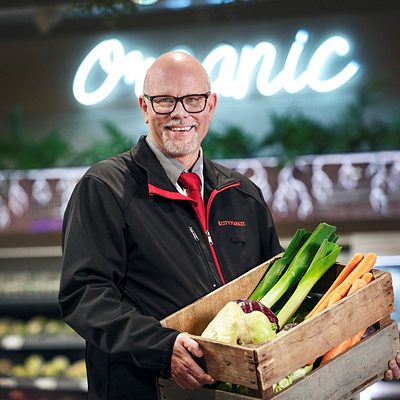
Markku Hautala, grocery store keeper, K-Citymarket Järvenpää, Finland
“There’s a rule of thumb in retail that 10% of consumers only look at quality when making purchase decisions, and another 10% focus only on price. The rest are balancing somewhere in between. I believe the same applies to the role sustainability plays in consumers’ choices.”
“For now, recyclable and renewable food packaging is an added value for the majority of customers. But considering the pace that things are currently developing, I have no doubt it will soon be a given for many,” Hautala says.
76% of Finns would view it as a negative development if plastic was used more in food packaging in the future than now
“The survey findings highlight that consumers are aware of two big challenges: food waste and issues caused by plastic packaging. What surprises me is that they don’t seem to realize their power to influence,” states Mari Granström, an expert of bio-based materials and circular economy.
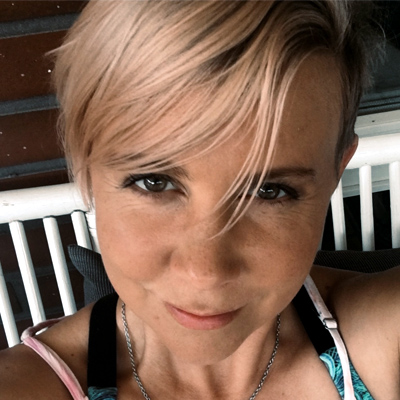
Mari Granström, expert of bio-based materials and circular economy
Granström is the founder of Origin by Ocean, a company developing technology to harvest and process sea-grown biomass into sustainable ingredients for industries. She also leads “Plastic bag free Kerava” initiative, which aims to make Kerava the first town in Finland to stop using plastic bags. Many local businesses participate and have eliminated plastic bags from their stores.
“A plastic bag is a good example of a single-use plastic that is already easy to replace with more sustainable options if we change our habits. For me, the project has shown that people are best motivated by the sense of community and doing things together.”
In the survey findings, Finnish consumers hold themselves responsible for reducing food waste. But when it comes to plastic waste, brands that manufacture food and its packaging are seen as the responsible ones.
“It’s an odd contradiction. Consumers do have the chance to vote with their feet when it comes to plastic in packaging. Take-out food creates a lot of plastic packaging waste, and that’s where actions would have the most impact,” Granström states.
Consumers do have the chance to vote with their feet when it comes to plastic in packaging.
Mari Granström, expert of bio-based materials and circular economy
She points out that the discussion around plastic packaging is challenging for consumers as it requires an understanding of the entire value chain. A desire to use less plastic in food packaging provokes the question of how it can be replaced and if the replacement is a better option for the environment if you consider the entire lifecycle from production to waste.
“That’s why government-lead projects, such as the EU directive on single-use plastics or Germany’s aim to ban all packaging materials that can’t be recycled by 2020 are important to set the frame. They force the entire value chain to take steps forward.”
67% of Finns are trying to reduce the amount of plastic in their lives
Juha-Heikki Tanskanen, CEO of Finnish Packaging Recycling RINKI Ltd, sees the on-going discussion on plastics reflected in the survey findings.
“The current public opinion is more or less focused on condemning plastics as “bad”. Consumers are affected by the images of islands of garbage swirling in the oceans. I’d hope the focus of the discussion would be more on the overall recyclability of the packaging materials.”
RINKI is a non-profit service company owned by Finnish industry and retail trade. It provides companies solutions to fulfill the producer responsibility for packaging products or imported packed products for the Finnish market. Rinki offers consumers an eco take-back point network for the collection of recyclable packaging waste.
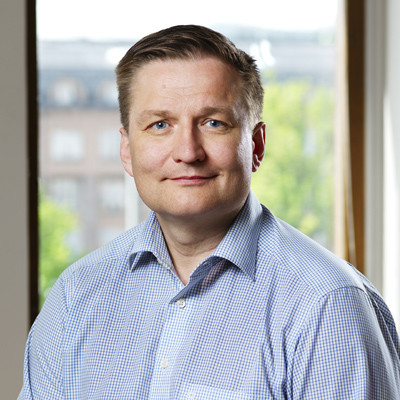
Juha-Heikki Tanskanen, CEO of Finnish Packaging Recycling RINKI
In the survey, 91% of Finns said they always or often recycle cardboard and glass. Plastic was less frequently recycled (62%). According to Tanskanen, the picture is quite accurate. The amount of plastic packaging waste collected in Rinki eco take-back points is currently on a fast rise and, in a couple of years, it will be recycled as often as other packaging materials.
From a consumer point of view, it can be hard to navigate through the jungle of different terms, such as renewable or biodegradable, and understand which packaging material would, in the end, be the best choice for the environment.
“Most of the carbon footprint of a food product builds up from the production. So, the most important feature of food packaging is its ability to keep the food from going bad. The efficient recycling of the packaging waste is also important but comes only after that. Plastic packaging has many good qualities, and many problems such as plastics in the oceans are caused largely by the fact that waste handling is not yet taken care of properly in the developing countries,” Tanskanen points out.
Many problems such as plastics in the oceans are caused largely by the fact that waste handling is not yet taken care of properly.
Juha-Heikki Tanskanen, CEO of Finnish Packaging Recycling RINKI
He highlights the big role consumers play in the circular economy, both when going to the grocery store and when dealing with package waste at home.
“People feel they are doing a good deed when recycling packaging waste, and their motivation is crucial for the whole system to keep running. Recycling needs to be made as easy and effortless as possible. Also, there’s a need for clear information based on which consumers can make good purchase decisions.”
Download the key findings of the consumer survey on food packaging
